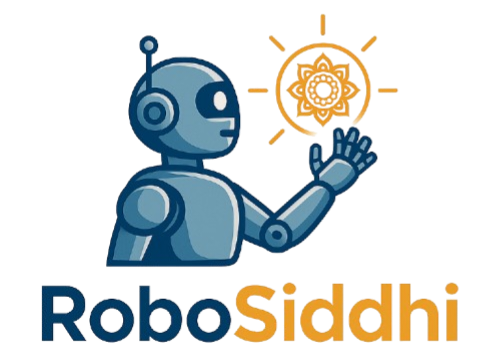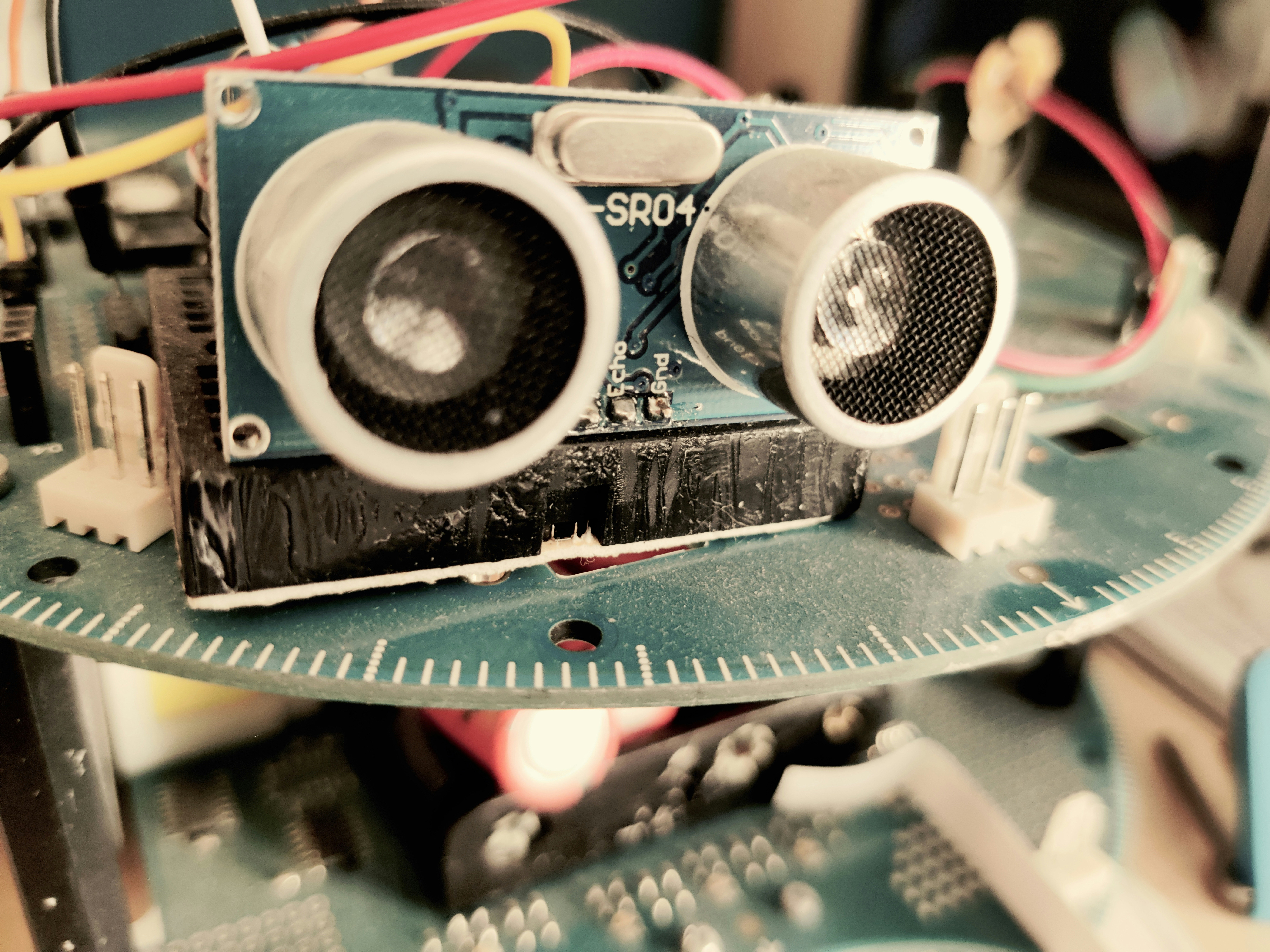Getting Started with Arduino and Ultrasonic Sensors
Arduino has revolutionized the world of electronics and programming by providing an accessible platform for hobbyists and professionals alike. It serves as an open-source hardware and software ecosystem that allows users to build interactive devices. Among the various applications of Arduino, ultrasonic sensors stand out due to their effectiveness in distance measurement and object detection. Ultrasonic sensors operate by emitting sound waves and calculating the time it takes for the waves to return after bouncing off an object. This fundamental principle makes them highly suitable for numerous projects, such as obstacle avoidance in robotics, liquid level sensing, and automated parking systems.
In an Arduino project, the integration of an ultrasonic sensor can significantly enhance data accuracy and response capabilities. The most popular ultrasonic sensor used in these projects is the HC-SR04, recognized for its simplicity and cost-effectiveness. This sensor typically consists of a transmitter that emits ultrasound pulses and a receiver that captures the echoes. The Arduino board processes the echo duration allowing users to determine the distance between the sensor and an object. This process opens up a myriad of possibilities in project development.
To get started with ultrasonic sensors and Arduino projects, a few essential components are required. First, an Arduino board serves as the central controller, which can be any model such as Arduino Uno or Mega. A breadboard is often used for prototyping without soldering, allowing for easy adjustments. Jumper wires facilitate connections between the Arduino and the ultrasonic sensor, generating a seamless communication pathway. Additionally, a reliable power supply ensures that all components function effectively. By understanding the basic functioning of ultrasonic sensors and how to properly connect them to an Arduino board, enthusiasts can embark on an exciting journey filled with innovative projects.
Basic Ultrasonic Projects for Beginners
Ultrasonic projects provide an excellent introduction to sensor-based programming for beginners eager to explore electronics and Arduino. Among the simplest projects are the distance measuring tool and a basic obstacle avoidance robot, both of which help in grasping fundamental concepts related to ultrasonic sensors.
To create a distance measuring tool, you will need an Arduino board, an ultrasonic sensor (such as the HC-SR04), some jumper wires, and a power source. Begin by connecting the ultrasonic sensor to the Arduino board—trigger pin to digital pin 9, and echo pin to digital pin 10. The circuit is simple: connect Vcc to 5V and GND to ground. Afterward, the code can be implemented in the Arduino IDE, which reads the distance measured by the sensor. The snippet below demonstrates this basic concept:
#define echoPin 10#define triggerPin 9void setup() { Serial.begin(9600); pinMode(triggerPin, OUTPUT); pinMode(echoPin, INPUT);}void loop() { long duration, distance; digitalWrite(triggerPin, LOW); delay(2); digitalWrite(triggerPin, HIGH); delay(10); digitalWrite(triggerPin, LOW); duration = pulseIn(echoPin, HIGH); distance = (duration * 0.034) / 2; Serial.print("Distance: "); Serial.print(distance); Serial.println(" cm"); delay(100);}Next, the obstacle avoidance robot utilizes the same ultrasonic sensor but integrates motors and a simple chassis. The sensor senses obstacles within a specified range and controls the movement direction accordingly. By employing a motor driver, you can connect two DC motors for mobility. The Arduino will read the ultrasonic sensor data to determine when to turn or move forward. This project enhances problem-solving skills and basic programming capabilities while offering immediate tactile feedback from the robot’s movement.
These basic ultrasonic projects not only enhance understanding of distance measurement and control mechanisms but also serve as a foundation for more complex applications in electronics. Engaging with hands-on projects fosters confidence and practical experience, pivotal for any budding maker or programmer.
Intermediate Ultrasonic Projects to Enhance Skills
As users become more adept with their Arduino devices, transitioning from beginner to intermediate projects can significantly bolster their understanding and proficiency in ultrasonic technology. Two compelling intermediate projects include the development of an automated parking system and a water level sensing alarm. These projects are designed to challenge users while enriching their practical skills.
To create an automated parking system, begin by gathering necessary components: an Arduino board, ultrasonic sensor, servo motor, and necessary wiring. This project utilizes the ultrasonic sensor to measure the distance between the car and the parking space. The code required to integrate these components allows for precise control of the servo, enabling users to simulate the parking maneuver. Start by programming the ultrasonic sensor to return distance readings, then incorporate conditional statements that dictate how the servo motor will respond based on the readings. Users may encounter challenges, such as inaccurate measurements, which can be mitigated by fine-tuning sensor placement and calibrating the code accordingly.
Another fascinating intermediate project is the water level sensing alarm. In this initiative, an ultrasonic sensor is employed to monitor water levels in a tank and trigger an alarm system when the water rises above a predetermined threshold. The setup involves connecting the ultrasonic sensor to the Arduino to read the tank’s water level. Users can write a program that compares the sensor data against the set threshold and signals an alert when the water level exceeds it. To enhance functionality, consider incorporating an LCD display that shows real-time water levels. As with the parking system, troubleshooting may be necessary; for instance, ensure robust connections and verify that the sensor is properly calibrated.
By engaging with these intermediate ultrasonic projects, users not only reinforce their existing skills but also expose themselves to complex coding and integration techniques that are essential for advanced project development.
Advanced Ultrasonic Projects: Pushing the Limits
As technology continually evolves, so too does the application of ultrasonic sensors in innovative projects. This section delves into advanced ultrasonic projects that empower creators to push their skills and creativity to new heights. Two noteworthy examples include developing 3D mapping systems and ultrasonic gesture-controlled devices. These projects not only demonstrate the versatility of ultrasonic technology but also the potential for creating unique interactions with the environment.
Creating a 3D mapping system using ultrasonic sensors involves integrating multiple sensors to measure distances in various directions. This multi-sensor approach enables users to gather spatial data effectively, which can then be visualized to represent the environment in three dimensions. The design of such a system calls for careful selection of ultrasonic modules, consideration of the sensor’s range, and mastery of coding techniques to process the data accurately. Utilizing libraries designed for ultrasonic applications can significantly ease this process, allowing for efficient data handling and manipulation.
Another exciting project is the development of ultrasonic gesture-controlled devices that recognize hand movements and translate them into commands. This innovative application requires not only precise ultrasonic sensing but also the integration of additional sensors, such as accelerometers, to enhance gesture detection accuracy. The combination of these sensors broadens the scope of interaction, making it possible to control devices with simple gestures. Technical challenges may arise in interpreting data signals from the sensors, necessitating advanced coding techniques for effective implementation.
Ultimately, pursuing advanced ultrasonic projects demands not just technical knowledge but also creativity and perseverance. Exploring intricate project designs, mastering coding intricacies, and thoroughly understanding circuit considerations can greatly optimize performance. By experimenting with different applications and continuously refining their approach, creators can unlock new possibilities in the realm of ultrasonic technology.

